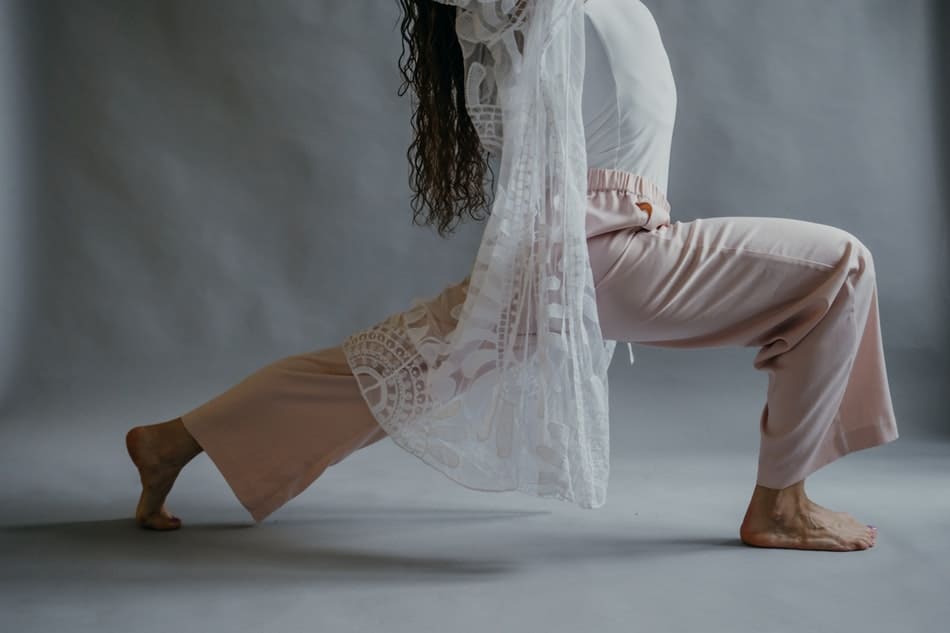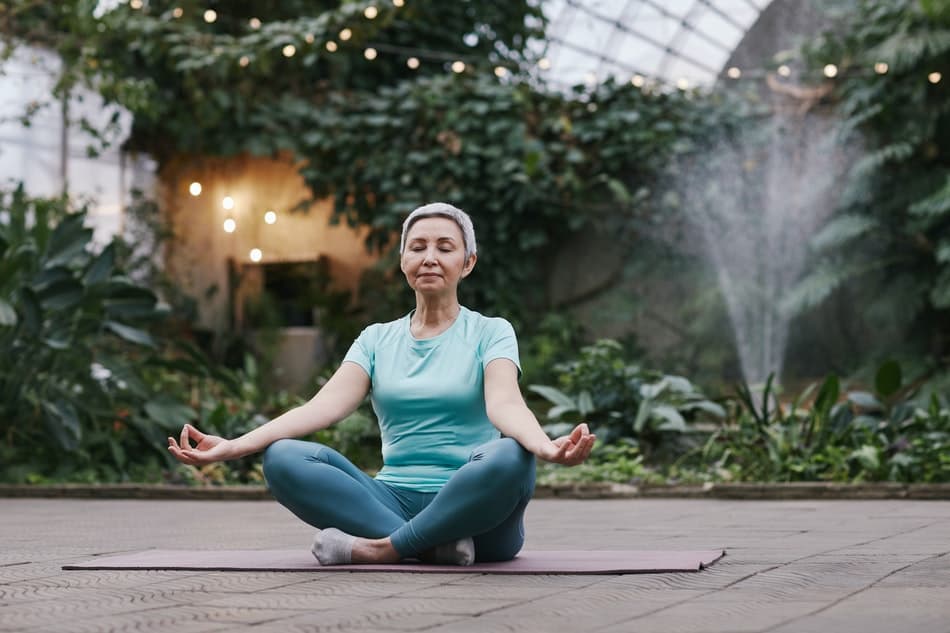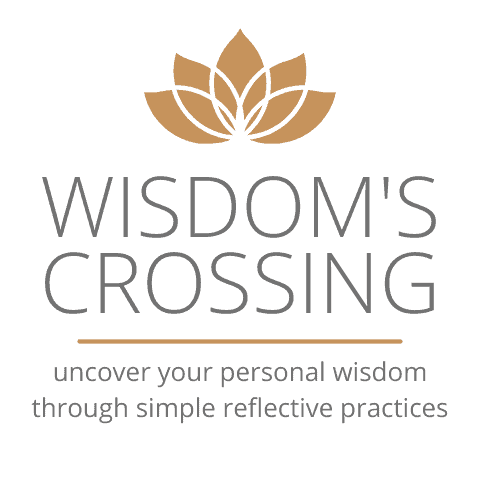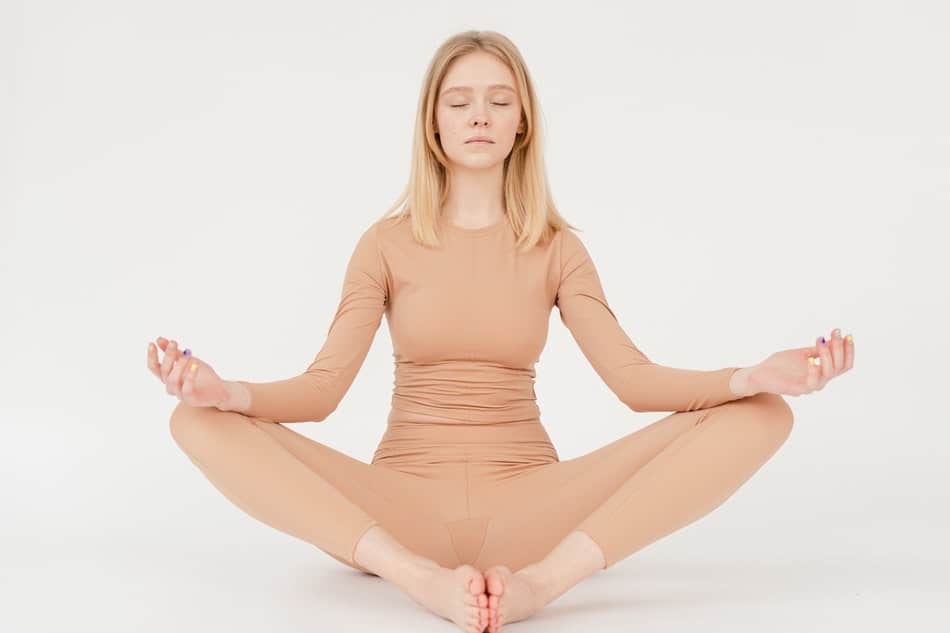How long do you hold restorative yoga poses? The answer to this question is not straightforward. In this article, I will discuss the different factors that play into how long you should hold a restorative yoga pose. I will also provide some tips on how to make the most of your practice!
How long do I have to hold these poses? The answer is – it depends. Each pose is different and each person is different. Some people may need to hold a pose for longer than others. There are a few factors that will affect how long you hold a pose.
What Is Restorative Yoga?
Restorative yoga is a practice that is designed to promote relaxation and healing. It involves the use of props such as blankets, pillows, and bolsters to support the body in various positions. Restorative yoga can be beneficial for people who are dealing with stress, anxiety, or chronic pain.
One of the main benefits of restorative yoga is that it helps to reduce stress levels. This type of yoga allows you to completely relax your body and mind, which can help to lower your cortisol levels. Cortisol is a hormone that is released in response to stress, and it can have negative effects on your health if it becomes chronically elevated.

In addition to reducing stress levels, restorative yoga can also help to improve your sleep quality. If you are struggling with insomnia or other sleep issues, spending some time in restorative yoga poses before bed may help you to get better quality sleep.
Restorative yoga can also be beneficial for people who are dealing with anxiety or depression. The practice of yoga has been shown to help reduce symptoms of both conditions. In addition to the physical benefits of yoga, the deep breathing and meditation that are often part of the practice can help to calm and focus the mind. If you are struggling with anxiety or depression, restorative yoga may be a helpful addition to your treatment plan.
Finally, restorative yoga can be beneficial for people who are dealing with chronic pain. The gentle stretching and strengthening that are involved in this type of yoga can help to ease pain and improve the range of motion. If you are dealing with chronic pain, restorative yoga may be able to help you find some relief.
Let’s take a look at the poses
How Long Do You Hold Restorative Yoga Poses?
The key to holding restorative yoga poses is to be comfortable. You should feel no pain in the pose, and you should be able to breathe easily. If you start to feel uncomfortable, come out of the pose and take a break. The goal is to relax, not to push yourself.
Most people hold restorative yoga poses for five minutes or more. But if you’re new to the practice, you may want to start with shorter holds of one minute or less. As you get more comfortable with the poses, you can gradually increase the amount of time you spend on each one.
Don’t worry if you can’t hold a pose for as long as others in your class. Everyone’s body is different, and everyone will have a different experience in each pose. Just focus on your practice and breath, and let go of any expectations or comparisons.
If you’re ready to give restorative yoga a try, sign up for a class at your local studio. Or check out some online tutorials and start practicing at home. Remember, the most important thing is to listen to your body and breathe deeply. With regular practice, you’ll soon be feeling the benefits of this calming and rejuvenating form of yoga.

Restorative Yoga Poses
If you’re looking to reset your mind and body, consider trying out restorative yoga. Restorative yoga is a gentle practice that can help to ease stress and tension. Here are four restorative yoga poses to try in the new year:
Child’s Pose
This pose is a great way to stretch the back and hips. It can also help to calm the mind and nervous system.
- To do the child’s pose, start on your hands and knees.
- Then, bring your big toes together and sit back on your heels.
- Next, lay your torso down between your thighs and extend your arms in front of you.
- Finally, relax into the pose and breathe deeply.
Puppy Pose
The puppy pose is a great way to release tension in the shoulders, neck, and back. It’s also a mild inversion that can help to calm the mind.
- To do the puppy pose, start on all fours.
- Then, walk your hands forward until your forehead rests on the mat.
- Next, let your hips sink towards the heels and relax into the pose.
- Finally, breathe deeply and hold for up to one minute.
Happy Baby Pose
This pose is a great way to release tension in the low back and hips. It can also help to improve digestion and relieve stress.
- To do the happy baby pose, start lying on your back with your knees bent.
- Then, grab hold of the outside edges of your feet with your hands.
- Next, open your knees out to the sides and pull them towards your armpits.
- Finally, rock gently from side to side and breathe deeply.
Legs Up the Wall Pose
This pose is a great way to reduce stress and fatigue. It can also help to ease tension headaches and migraines. To do the legs up the wall pose, start by sitting with one hip against a wall.
Tips On How To Make The Most Out Of Your Yoga Practice
Here are a few tips to help you get the most out of your yoga:
- Make sure you’re doing the poses correctly. If you’re not sure how to do a pose, ask your instructor or look it up online. There are plenty of resources available that can help you make sure you’re doing the poses correctly.
- Don’t push yourself too hard. Yoga is supposed to be relaxing and beneficial, so don’t try to force yourself into positions that are too difficult or uncomfortable. If a pose is too challenging, try modifying it or using props such as blocks or straps to help you.
- Be mindful of your breath. Proper breathing is an important part of yoga, and it can help you relax and focus on the present moment. If you’re not sure how to breathe properly, ask your instructor for guidance.
Final Words
The bottom line is that you should hold each pose for as long as it feels comfortable for you. Everyone’s body is different and will respond differently to the poses. Listen to your body and trust your intuition. If you feel like you need to come out of a pose sooner than the instructor suggests, then do so.
Related Articles

